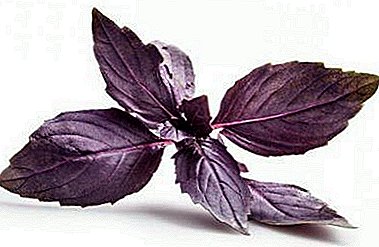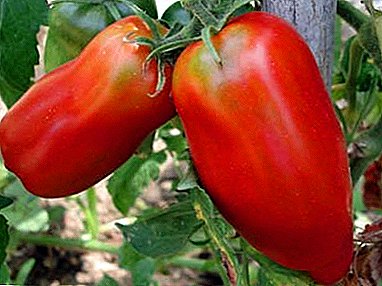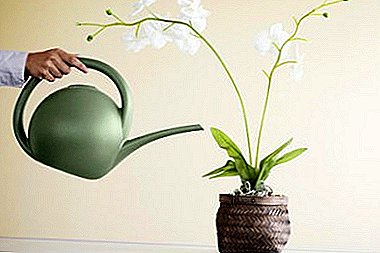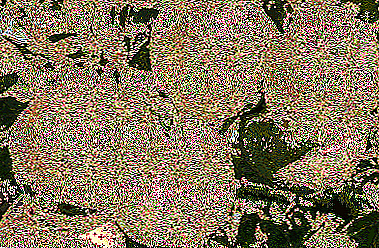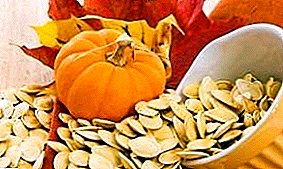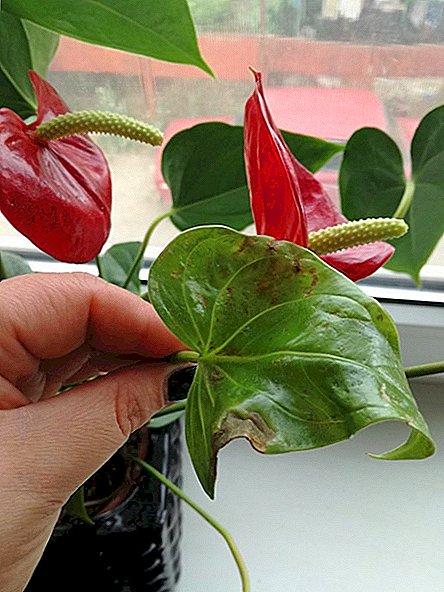
Hippeastrum - the famous flower in the circle of gardeners. Beginners, amateurs, professionals - everyone has heard and knows about this beautiful plant.
Alas, not everyone knows how to prolong the life of a flower and cure it. We will tell you how to ensure that your hippeastrum does not hurt anything and has long pleased the eye with its flowering and healthy appearance.
For a start, before you search, than to treat your plant, you need to understand, if not the cause, then the disease that your flower is ill with. It is to understand, and not just find out the name. This will help save your plant and prevent future mistakes from recurring.
Diseases and pests
Consider the most common diseases of hippeastrum:
Stagonsporosis or more well-known name - red burn. External signs: scarlet specks or small strips. Affects both leaves and tuberssometimes found on the spike. Causes death of the flower due to deformation, incompatible with normal development.
Virus mosaic. External signs: green spots of different shades. Light, dark. And it is the abundance of dark spots that indicates the grave condition of the flower. This disease is practically impossible to cure. Therefore, carefully review your plant for the appearance of these spots. Do prophylaxis (more on this in the appropriate section).
And now we will tell about the pests, because of which the stem is deformed, the plant growth stops, the leaves change color (turn yellow, darken):
Thrips. It is easy to find this pest, after their invasion there remain bright specks. Sometimes they may seem silvery. Drink the juice from the leaves, thereby destroying them.
Soft snood. This parasite appears in the tubers of hippeastrum, lives under scales in the very middle of the bulb. It is because of this parasite that a plant cannot develop normally, its growth is very slow. There can be no question of flowering, there is a very small percentage that a plant that blooms will grow from a bulb affected by a false shield.
Larvae of the Narcissus Fly. Signs of vital activity of this parasite: bulb rotting. Basically, they destroy the plant, falling into its bulb and eating everything to the end. Naturally, after that the bulb rots. But there are chances to save the plant. (For details, see the section “Treatment of hippeastrum”).
Now, knowing about the main diseases of this plant, you can diagnose your own and begin treatment.
Important! Heppeastrum cannot be cured of virus mosaic. In the later stages, getting rid of the narcissus fly is just as impossible!
Red Burn Treatment
- The first thing to do when identifying this disease: refuse pesticides. Prepare the fungicide Maxim or Vitaros.
- The base of the peduncle follows process karbofosnym solution.
- Check the conditions that contain the flower, if necessary, transfer it to well ventilated place.
Soft snood
- Prepare the karbofosny solution and hot water (not boiling water!).
- Treat the onion with hot water.
- Let it dry.
- Use the solution of karbofos, apply it on the peduncle or onion flakes. Do it as carefully as possible or treatment simply will not benefit.
Narcissus Fly Larvae
- Treat the onion with hot water.
- Carefully cut off the rotted place, it is desirable to reduce the overall diameter of the cut should not exceed 1/4 of the total size of the bulb. If you need to go deep, but again, be careful.
- Damage site pour charcoal.
Important! Do not use chemicals in this case. You ruin the plant.
Thrips
- Prepare the plant, if necessary, move it to a room that is better ventilated.
- Process the flower aktellikom or karbofosa solution.
What to do if the leaves turn yellow?
 Yellowed leaves at hippeastrum? Your flower fell asleep! The appearance of yellow leaves suggests that the plant has fallen into a kind of hibernation.
Yellowed leaves at hippeastrum? Your flower fell asleep! The appearance of yellow leaves suggests that the plant has fallen into a kind of hibernation.
Do not worry, hide the flower in a cool place so that nobody bothered him and stop watering for 4-5 months.
Occasionally wet the ground with a spray gun. As soon as the leaves dry out cut them.
Disease prevention
With the diseases of this flower, as with human, it is better not to get involved. Try to take preventive measures as needed.
General prevention is as follows: detailed flower inspection, remove all bugs, worms, etc., and place them where they were, neatly wipe with hot water.
IMPORTANT! Keep flowers in a warm room that is well ventilated and there are no interruptions in lighting. Bulbs carefully inspect, an hour and a half before planting, dip them into hot water (approximately 45-47 ° C).
Watering the flower at all stages should be careful. Avoid getting water on the bulb and strong jet. Water should not be cold or hot, cool settled is better suited.
Beautiful plant, gippeastrum does not require complex care. Most of his diseases are treatable, but still try to avoid them. Timely dressing and proper care will do their job and your flower will feel great.
More often look at all changes in its appearance and you can not miss the beginning problems. Happy flowering!


